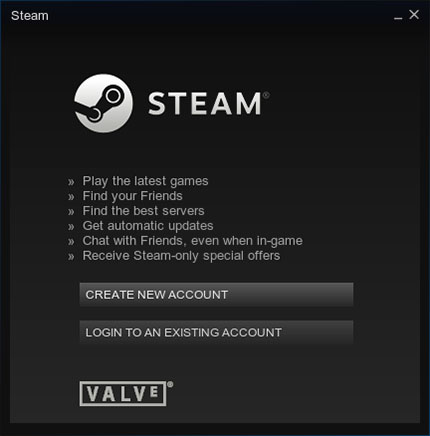
In this tutorial, we will show you how to install and configure Steam on CentOS 7. For those of you who didn’t know, Steam is a digital distribution platform for video games. As Amazon Kindle is a digital distribution platform for e-Books, iTunes for music, similarly Steam is for games. It provides you with the option to buy and install games, play multiplayer, and stays in touch with other games via social networking on its platform. The games are protected with DRM. Recently, over 4500 games are available through Steam, and 125 million active users are registered with the Steam platform.
This article assumes you have at least basic knowledge of Linux, know how to use the shell, and most importantly, you host your site on your own VPS. The installation is quite simple and assumes you are running in the root account, if not you may need to add ‘sudo‘ to the commands to get root privileges. I will show you the step-by-step installation of Steam on a CentOS 7 server.
Prerequisites
- A server running one of the following operating systems: CentOS 7.
- It’s recommended that you use a fresh OS install to prevent any potential issues.
- SSH access to the server (or just open Terminal if you’re on a desktop).
- A
non-root sudo useror access to theroot user. We recommend acting as anon-root sudo user, however, as you can harm your system if you’re not careful when acting as the root.
Install Steam on CentOS 7
Step 1. First, you need to enable the EPEL repository on your system.
yum install epel-release yum -y updated
Step 2. Install this dependency for Steam.
If you are already running a 32-bit desktop, it’s very likely that you have most of the dependencies already installed. If you are running a 64-bit desktop with proprietary Nvidia or AMD drivers; make sure you have the appropriate 32-bit OpenGL libraries installed, otherwise Steam will throw a “GLX error” when starting and games will not work.
Also, if you are running on Open Source drivers on 64-bit, make sure to install the supporting S3 texture compression library. The 32-bit one, of course, being a dependency of the Steam package, is already installed. Example:
yum install http://download1.rpmfusion.org/free/fedora/releases/19/Everything/i386/os/libtxc_dxtn-1.0.0-3.fc19.i686.rpm
Create a new repo file (I called it /etc/yum.repos.d/steam_fedora19.repo) with this in it:
[steam_fedora19] name=Steam RPM packages (and dependencies) for Fedora baseurl=http://negativo17.org/repos/steam/fedora-19/x86_64/ enabled=0 skip_if_unavailable=1 gpgcheck=0
Step 3. Installing Steam on CentOS 7.
Use the following command to install Steam:
yum --enablerepo=steam_fedora19 install steam
Now launch Steam, go through the graphical install and provide your account credentials to log in. Enjoy!

Congratulations! You have successfully installed Steam. Thanks for using this tutorial for installing Steam on your CentOS 7 system. For additional help or useful information, we recommend you to check the official Steam website.